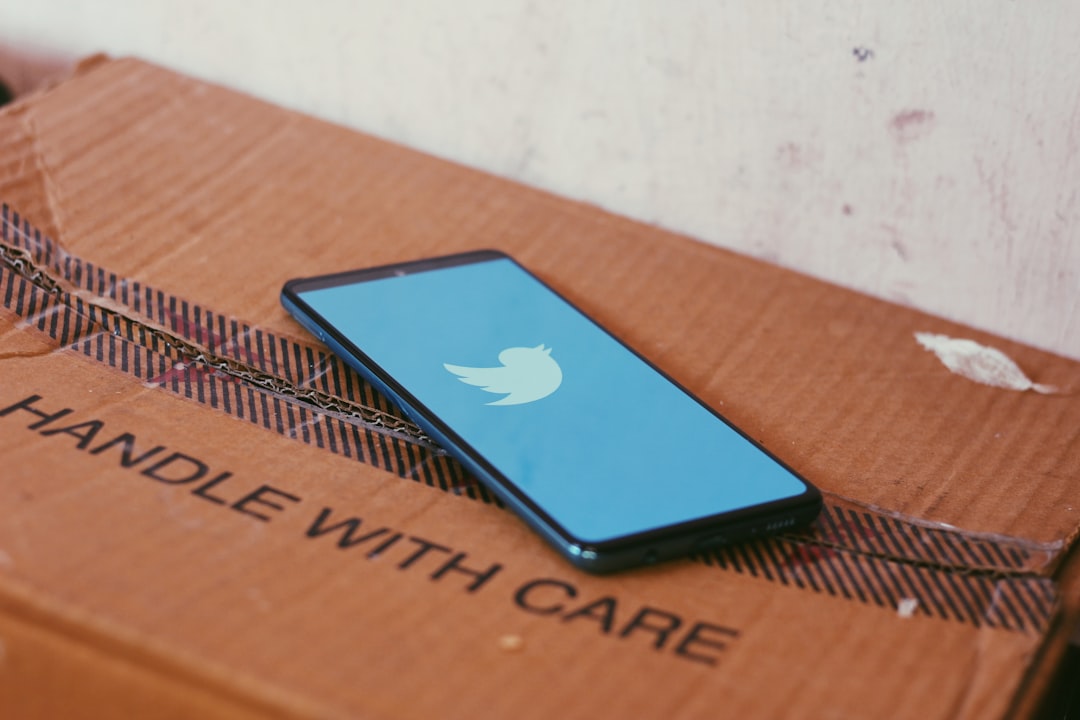A short edition today as I’m still recovering from carpal tunnel.
I used to say that when it comes to audience building, you should pick one social media platform — your top-of-funnel channel, where new people discover you — and double down. Play to your strengths, I’d say. If you’re really good at video (or if you are hot), try TikTok or Instagram. If your audience is mainly B2B, LinkedIn is probably your jam. Good at firing off pithy takes? Go on Twitter.
Today I think that’s only partially true.
Start with one platform, yes. Get great at one, absolutely. But then scale quickly.
After all, the social currency is transferrable.
It’s not a one-to-one exchange. 50k LinkedIn followers don’t automatically get you 50k Twitter followers. But if you’re savvy about repurposing the best principles that work on your primary social platform into refreshed content for your secondary platform, audience growth will be much faster than when you were starting from scratch.
The best creators already know this. And eagle-eyed users have already been seeing this.
The recent Twitter exodus (if you want to call it that) is proof that every creator would be wise to diversify their top-of-funnel channels quickly. When you’re building on rented land, your landlord can change the terms at any time.
And you don’t want to be scrambling to pitch your tent on just any nearby property.
Is social media just $100 work?
Imagine a quadrant where your day-to-day work falls into four categories: $10, $100, $1k, and $10k work.
$10 work is your lowest leverage, low-skill work. It’s replying to an email.
$100 work has more leverage, but it’s still a low skill. It’s setting up some automations or a list of macros that you copy & paste to answer repeat questions.
$1,000 requires a lot of skill. It’s the full-time job that you kick butt at, and it’s important work. But you don’t have much leverage. If you’re a freelancer with a steady client base, you probably can’t just quadruple your business. You’d burn out fast.
$10,000 work, now that’s the holy grail. It’s your best skills that give you a ton of leverage. It’s the difference between being a freelancer and finding that competitive edge to turn yourself into an agency with multiple employees. Or maybe it’s working on that one great idea that becomes your book — that then garners you awards & accolades and becomes a keynote speech you book dozens of times.
What’s your $10k work? It probably isn’t social media. At best, that’s $100 or $1,000 work. You can use it to get yourself more leverage. Or it’s your day-to-day job.
Or maybe you don’t know what your $10k work is yet. That’s something I continue to agonize over. I think I know what it is. I definitely know what it’s not.
Maybe we can find out the answers together. My friend Khe Hy, the creator of $10k work and helping you find your way to it, is coaching me in a live workshop. I’ll be a proxy for you by sitting in the hot seat, and maybe you’ll walk away with a sick Notion template to help you realize your $10k work.
See you there? Register for our Thursday workshop!
🍰 Petits Fours
Four links to only awesome content.
A primer on $10k work: Read Khe's original post on what $10k work is and how you can start to apply it to your own life.
It's not "off the record" if the journalist doesn't agree: It's incredible how few people know this. PR exec Lulu Cheng Meservey breaks down various ground rules when speaking with media.
A framework for creating content with deeper resonance: And what we can all learn from the greatest Disney movie of all time, A Goofy Movie. From Jay Acunzo.
A new newsletter that will make you laugh, think or both: My friend (gasp, yes, my friend!) and award-winning writer Geraldine DeRuiter started a newsletter and don't worry, it's not a weekly Substack. She'll send something interesting only when she has something to say. (My favorite newsletter cadence.)
🐖 Lumpia (Filipino eggrolls)
1 tablespoon ghee
1/2 onion, diced
3 garlic cloves, minced
1 lb. lean ground pork
3/4 cup julienned potatoes
3/4 cup julienned carrots
3/4 cup (approx.) julienned green beans
3/4 cup bean sprouts
Salt and pepper to taste
1 package lumpia wrappers (about 30)
Water for sealing wrappers
Vegetable, canola, grapeseed or peanut oil for frying
In a large skillet over medium-high heat, sweat onions in ghee until translucent, 5 minutes. Add the garlic and ground pork and cook. Season with salt and pepper. Add the potatoes, carrots, green beans, and sprouts to the pot, stirring occasionally until the vegetables are cooked through, about 7 minutes. Season with another pinch of salt and pepper. Side aside to cool.
Wrap lumpia: Add 2-3 tablespoons of the cooked pork mixture to 1 lumpia wrapper. Wrap according to package instructions (like a small burrito), seal with water, and set aside.
When ready, fry in batches of 6-8 until golden brown on all sides. Freeze any extra uncooked lumpia and save for next time. Fry those from frozen whenever you want.
Serve with Datu Puti spiced vinegar or Mae Ploy sweet chili sauce. Ideally from your local Island Pacific, Seafood City, or other Asian grocery. Amazon if you must.
❤️ I missed writing this newsletter.
But carpal tunnel has been awful and schedule has been busy. Hope to be able to write in depth next time. Have a happy week!



